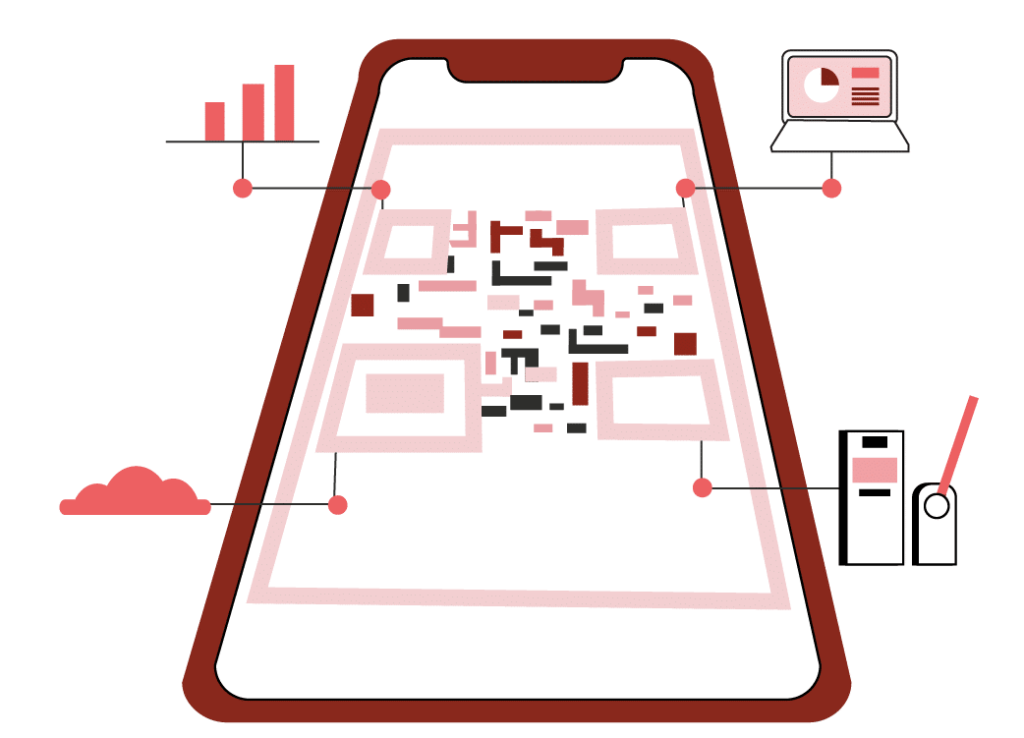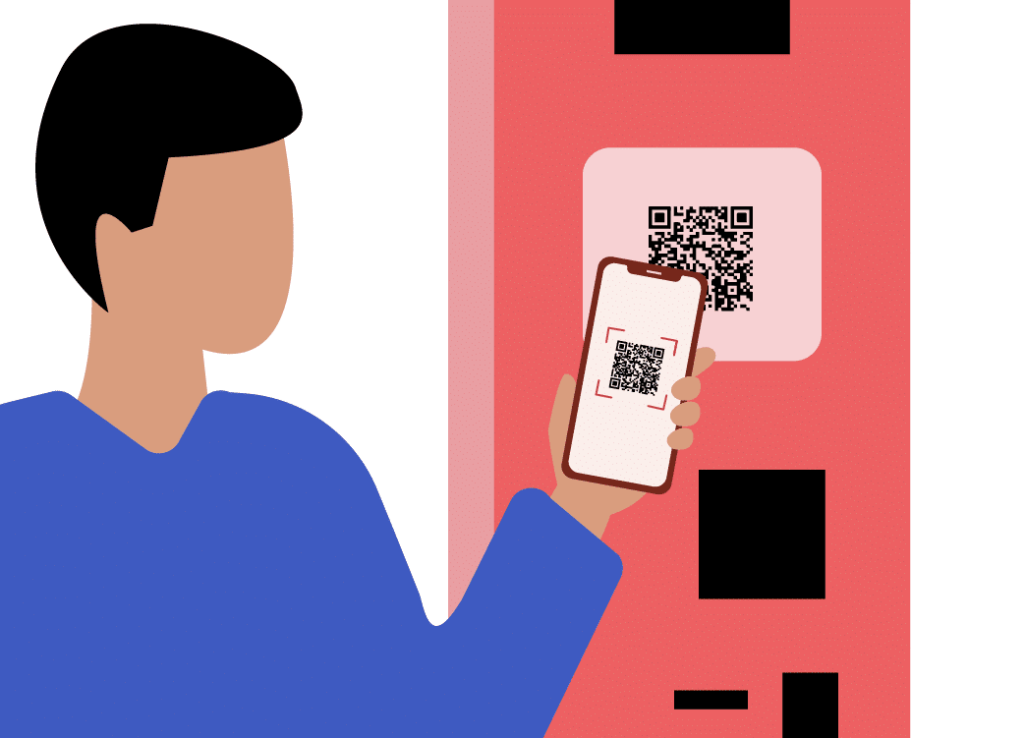When was the last time you ditched a rideshare service for a regular ol’ cab? For Lyft or Uber users, hailing a standard cab might now seem outdated. Instead of going through the trouble of holding your arm in the air, you can get guaranteed service from the comfort of your own phone—and pay at the same time. Rideshare services have eliminated taxi friction by providing reliable transportation and effectively eliminating in-car payments with pay-by-phone transactions.
Contactless payments have trended well before the COVID-19 pandemic. Now, they’re on track to be utilized by more than half of US smartphone owners by 2025. Convenience is key, and frictionless transactions are the pathway to such experiences. Within mobility, digital payments as a whole are a massive opportunity for innovation for a large portion of operators that have yet to be realized.
This is a big reason for our merge with Arrive—it features robust platforms that allow us to offer new technologies and payment services for easier transactions. That is where scan-to-pay comes in.
Scan-to-pay is a payment method that employs the power of a QR code to eliminate parking friction, expand contactless payments, and introduce new ways for operators to understand their customers.
If you believed QR to be dead, you might be surprised to find that the opposite is true—particularly as a side-effect of the pandemic.
Read below to learn about scan-to-pay—how it works and why it’s beneficial to your operation.
How Does Scan-to-Pay Work?

Scan-to-pay uses QR codes as a delivery system to take you through the payment process. QR is continuing to make a strong resurgence after the effects of the pandemic. According to research compiled by Statista, approximately 47 percent of consumers have agreed that they’ve increased QR usage as of September 2020. This is partly due to one of its major benefits—allowing consumers to use a smartphone’s native applications and properties to navigate the web. It is an app-less experience.
In the context of parking, QR codes are embedded in the scan-to-pay system, ensuring customers can skip cash transactions or cumbersome parking software for pay-by-phone parking.
Like many of the experiences we strive to create, the process is simple: when a person enters a parking asset, they are directed to analog or digital signs with an image of the code. The next step is to simply scan the code, and they will be taken to a secure payment website where they can opt to pay via card, or through native services such as Google and Apple pay.
QR is Back: The Benefits and Advantages for Parkers

We’ve all been there—you pull up to a kiosk with windows rolled down and confidence held high. Your day is going great. You reach for the ticket button only to find that you’re just some length shy of the kiosk. The easy solution would be to either open the door or move the car, but you’re determined. No, you won’t budge, if only to spite the fates that forced you to abandon the convenience of an easy transaction. You sit there for a few awkward moments with one hand gripping the steering wheel with the strength of a Viking blacksmith and the other extending fiercely towards the kiosk, as if you’re convinced your fingers will suddenly grow due to sheer will.
For customers, scan-to-pay eliminates many of these usual inconveniences in parking (we’re talking to you, Viking grippers). There are no tickets, and thus, no extended wait times to deal with hardware. Arguably the most significant benefit for customers is that they can complete their transaction natively through their phone. Forget what the catchphrase says—you don’t need an app for that. A customer simply scans and completes their parking experience. The only thing they’ll likely need to do is enter their license plate number within the native transaction screen, so their car is associated with a time and spot.
QR Code Fraud Checklist
Plus, the checklist outlines how to use ParkWhiz’s new QR Code Validator!
Benefits for Operators on the Road to Recovery

Your customers are looking for a safe and hassle-free experience. Your next task is to determine what materials and services you need to provide for them. Scan-to-pay is a boon to operators who are looking to meet the new needs of the parking community. The best part is installing it comes with the following benefits for short-term aid in recovery and long-term future-readiness.
The Future of Scan-to-Pay
We’ve already deployed scan-to-pay in hundreds of locations nationwide, with plans to add several thousand more. At these locations, the technology is driving nearly 10 percent of transactions consistently, and more than 25 percent in assets that are particularly future-ready. Many of these operators have realized that customers are looking for these types of alternative payments because they are, in fact, the drivers of the “new normal” in transactions. Scan-to-pay was built to be customer-first and address this change in habits for assets of all types, including garages or surface lots.
Are you prepared to give customers the parking experience they need as we recover? Learn more about scan-to-pay and talk with our team about how you can introduce it to your asset by scheduling a demo.
Join the Parking Revolution, Subscribe
to Our Newsletter
We’re disrupting the parking industry because we believe our customers, consumers, and cities deserve better.

